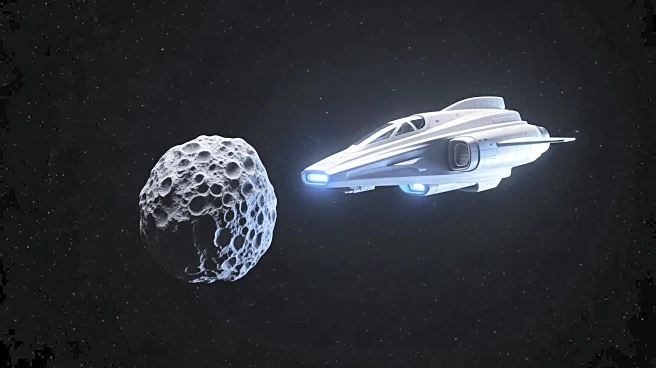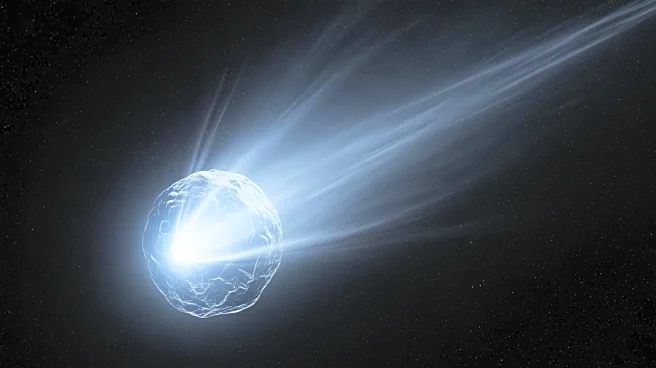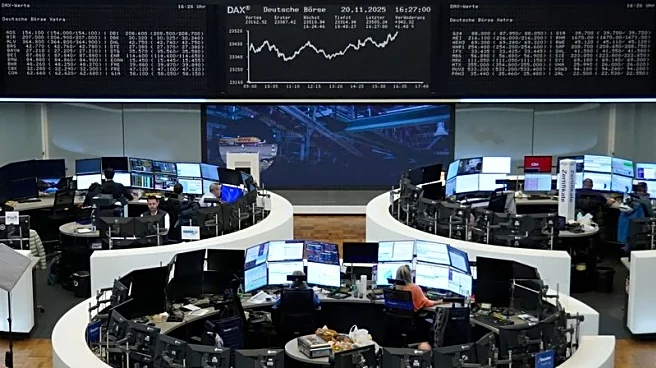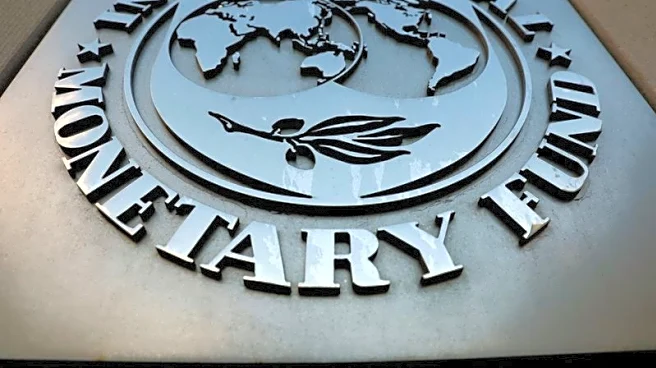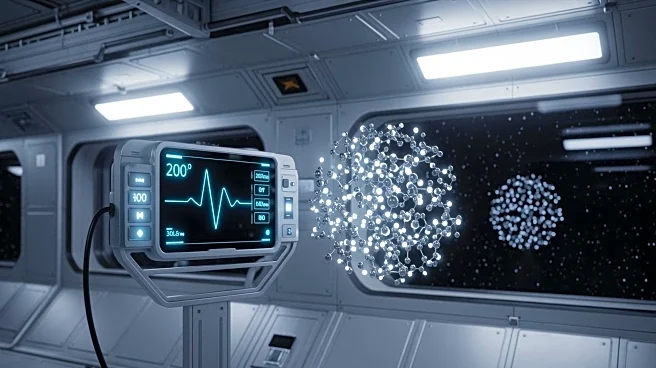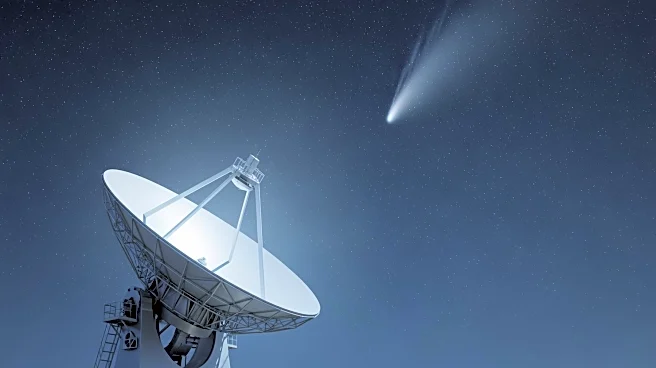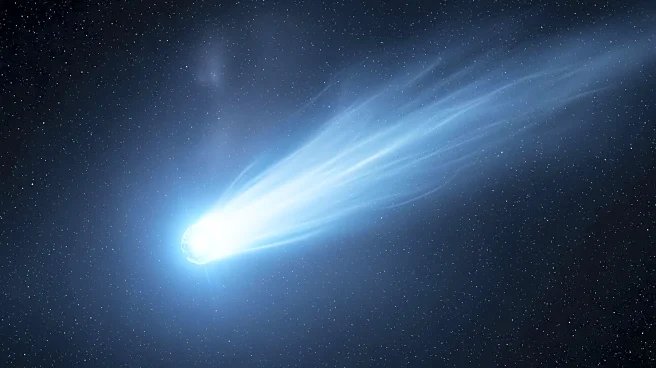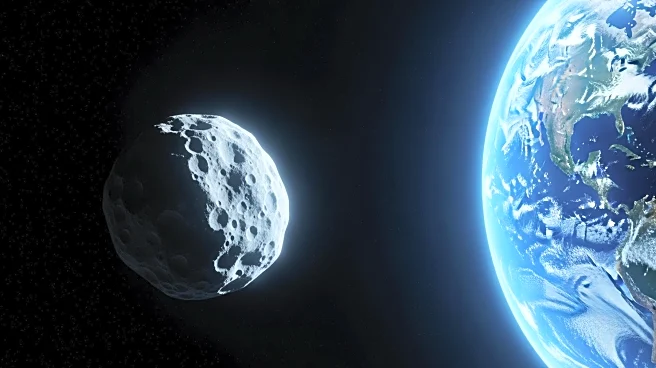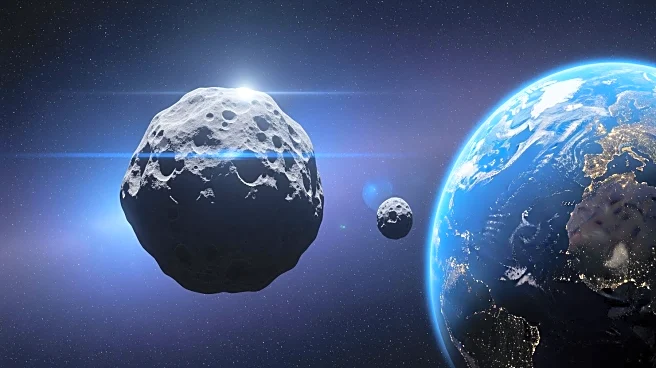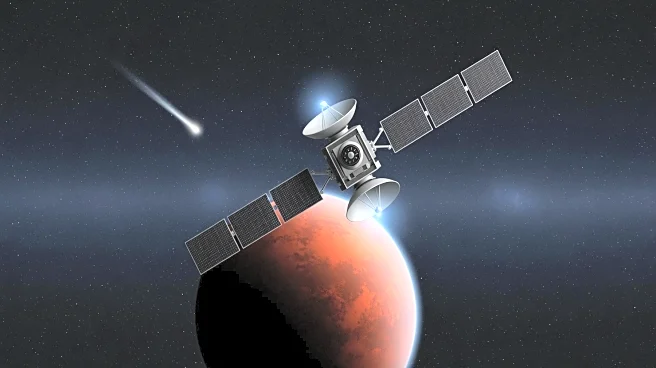What's Happening?
Astronomers have gathered new data on the asteroid 1998 KY26 using observatories across several continents, including the European Southern Observatory's Very Large Telescope. These observations reveal
that the asteroid is significantly smaller than previously estimated, measuring only 11 meters across, and rotates rapidly, completing a rotation in roughly five minutes. This asteroid is the planned destination for Japan's Hayabusa2 extended mission in 2031. The updated measurements are crucial for planning spacecraft operations, as the smaller size and faster rotation present new challenges for the mission, particularly in performing a touchdown maneuver.
Why It's Important?
The discovery of the asteroid's smaller size and rapid rotation has significant implications for the Hayabusa2 mission, which aims to explore very small asteroids. This mission will be the first to visit an asteroid of such tiny size, providing valuable insights into the characteristics of small celestial bodies. The ability to characterize such small objects using ground-based telescopes could impact future asteroid exploration and mining efforts. Additionally, understanding these small asteroids is crucial for planetary defense, as they can pose a threat to Earth, similar to the asteroid that impacted near Chelyabinsk, Russia, in 2013.
What's Next?
The Hayabusa2 spacecraft is scheduled to reach asteroid 1998 KY26 in 2031, marking the end of its extended mission. The mission team will need to develop strategies to overcome the challenges posed by the asteroid's small size and rapid rotation. This encounter will provide unprecedented data on small asteroids, potentially influencing future exploration missions and planetary defense strategies. Researchers will continue to monitor the asteroid using ground-based telescopes to gather more data and refine mission plans.
Beyond the Headlines
The ability to characterize small asteroids like 1998 KY26 using telescopes could lead to advancements in asteroid mining, offering new opportunities for resource extraction from celestial bodies. Furthermore, the mission's success could enhance our understanding of the formation and evolution of the solar system, as small asteroids may hold clues to the early stages of planetary development. The research also highlights the importance of international collaboration in space exploration, with observatories across several continents contributing to the study.
